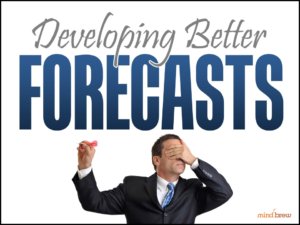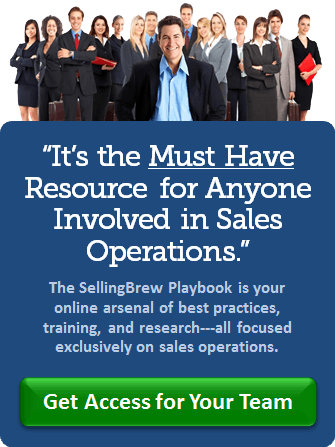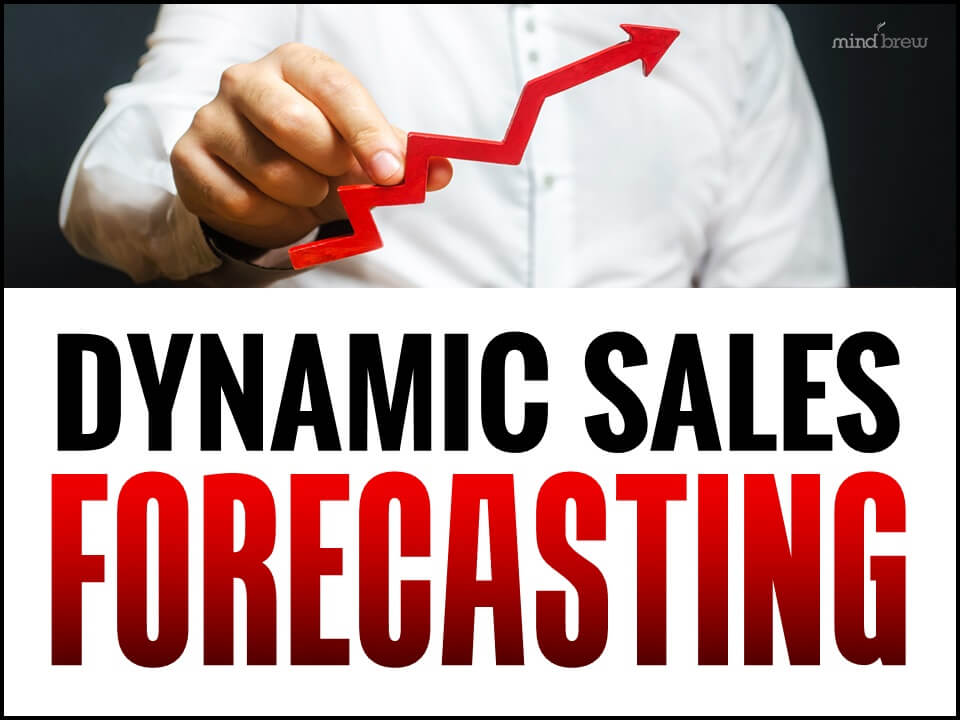The last few years have certainly been uncertain. And it seems the uncertainty just keeps on coming.
Just when things start to feel normal again, a new curveball gets thrown our way. Between the pandemic, global conflicts, supply shortages, labor constraints, and inflation, many organizations have faced significant — sometimes existential — challenges.
In moments like these, it’s easy for teams to react emotionally. The instinct is to do something — anything — to feel in control. But reactive decisions often lead to more chaos than clarity.
As a sales operations leader, you’re in a unique position to calm that chaos. Because you have one tool that can cut through the noise and help your organization make smart, measured decisions.
That tool?
A model.
If you’ve ever lived through a natural disaster, you’ve likely seen the impact a good forecast model can have. Whether it’s a hurricane, wildfire, or blizzard, people feel more in control when they understand the scope of the threat and have a plan.
The same applies in sales operations. A solid data model — whether it’s a forecasting model, a territory model, or a lead prioritization model — can turn fear and guesswork into action and confidence.
Let’s say new tariffs go into effect, increasing the cost of goods in a few key categories. At the same time, demand is shifting — maybe certain customer segments are pulling back while others are growing faster than expected.
One option is to hit the panic button: try to reallocate sales resources on instinct, chase volume wherever you can find it, or flood the pipeline with whatever leads are available.
But a better approach is to look at the data.
A model can show you how those tariffs are likely to affect deal velocity in specific industries, which product lines are at risk, where rep capacity is misaligned, and which accounts are still healthy despite the noise. You can use that insight to rebalance territories, reforecast more accurately, and help sales leadership focus their efforts where they’ll actually matter.
More importantly, your model helps you reassure everyone else. Sales leaders want to know where to focus. Finance wants to understand revenue risk. The C-suite wants to know whether to adjust the plan or stay the course.
Your analysis gives them something better than a guess — it gives them a strategy.
And here’s the kicker: the best models are just as valuable in good times as they are in bad. When the market’s booming, a data-driven Sales Ops team can drive even more efficient growth. When it’s uncertain, you can be the calm, strategic center of the storm.
We cover several other ways sales operations teams can lead during turbulent times in the Selling Through Uncertainty webinar. And if you’d like to learn more about creating a model, check out the following resources:
- The Fundamentals of Sales Segmentation
- The Fundamentals of Effective Sales Analysis
- Developing Better Forecasts
- Delivering Data to Decision Makers
No one can prevent market disruptions — but with the right tools, Sales Ops can turn uncertainty into strategy.
















